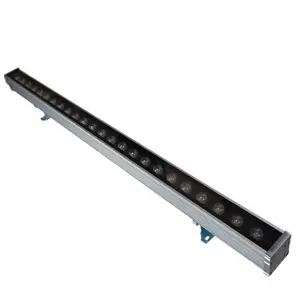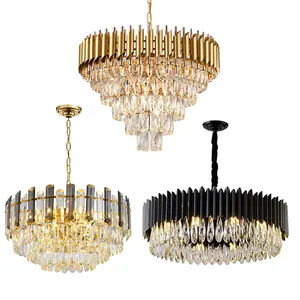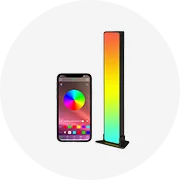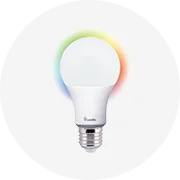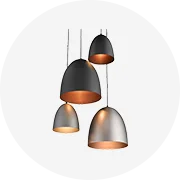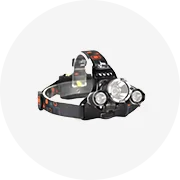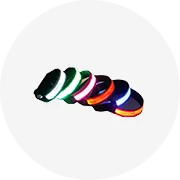Phổ biến trong ngành của bạn

















Các danh mục hàng đầu
Giới thiệu về torch with bulb
Mua những thứ tuyệt vời này. torch with bulb trên Alibaba.com và tận hưởng tất cả các loại lợi ích mà chúng đi kèm. Các. torch with bulb sẽ giúp bạn hoặc khách hàng của bạn dễ dàng vượt qua bóng tối. Chúng có nhiều hình dạng và hình dạng sáng suốt để người dùng có thể cầm chúng một cách thoải mái. Được sản xuất bằng vật liệu đã được thử và kiểm tra, chúng có hiệu quả cao và cực kỳ bền. Điểm của những người mua trước đã chứng minh những điều này tháo vát như thế nào. torch with bulb là.
Mặc dù có nhiều tính năng thú vị và phong phú, nhưng. torch with bulb rẻ một cách đáng ngạc nhiên trên Alibaba.com. Khi mua một số lượng lớn. torch with bulb, bạn sẽ nhận được chiết khấu tốt hơn được điều chỉnh cho phù hợp với nhu cầu cá nhân và doanh nghiệp của bạn. Chất lượng của. torch with bulb không nên làm bạn lo lắng vì các nhà sản xuất và nhà bán buôn đều được kiểm tra kỹ lưỡng trước khi chứng nhận và xác minh. Bạn cũng có thể thoải mái thảo luận với người bán trước khi hoàn thành đơn đặt hàng của mình.
Khi duyệt qua Alibaba.com, bạn sẽ nhận ra rằng. torch with bulb được cung cấp với nhiều kiểu dáng, thiết kế và sắc thái màu khác nhau. Các. torch with bulb cũng được cung cấp với nhiều lựa chọn các thuộc tính liên quan đến hiệu suất, chẳng hạn như mức tiêu thụ điện năng và độ sáng của đầu ra ánh sáng của chúng. Theo đó, các loại người dùng khác nhau được khẳng định sẽ tìm thấy. torch with bulb phù hợp với nhu cầu của họ. Hãy chớp lấy những ưu đãi này ngay hôm nay và trải nghiệm sự mãn nguyện.
Trên Alibaba.com, chất lượng không cần phải đắt. Xem xét kỹ lưỡng phạm vi rộng của. torch with bulb và nhận được các sản phẩm giá cả phải chăng. Bất kể bạn cần chúng cụ thể và tùy chỉnh như thế nào, hãy yên tâm rằng bạn sẽ liên hệ được. torch with bulb phù hợp để khớp với mục tiêu của bạn.

